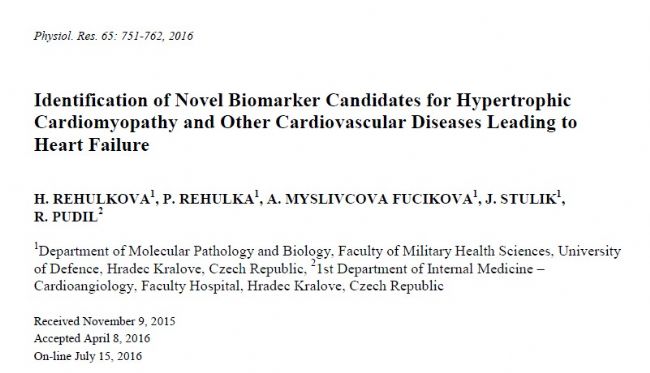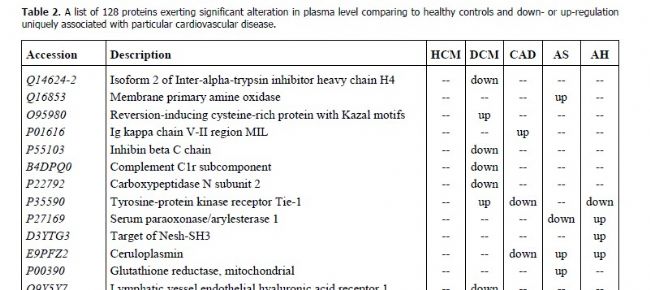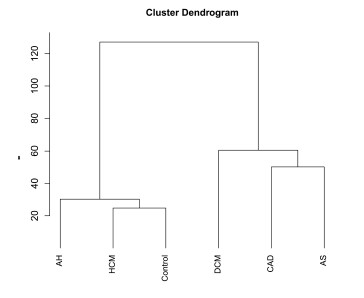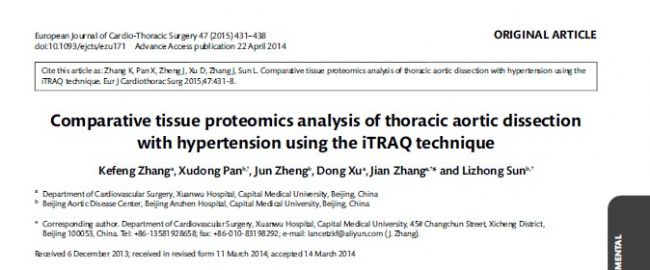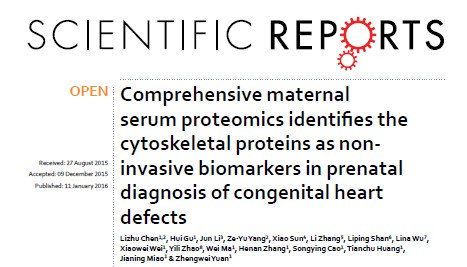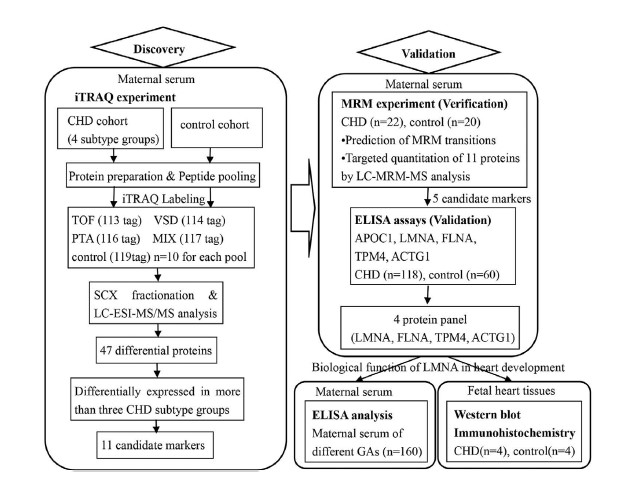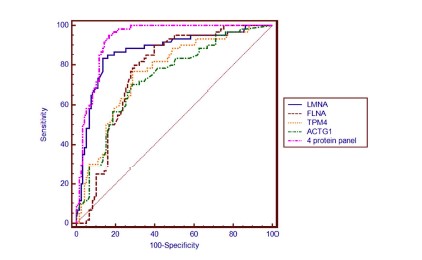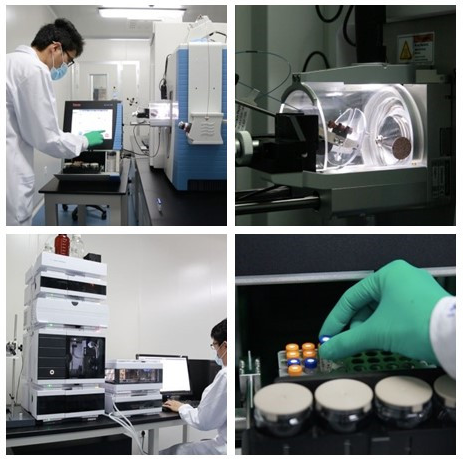According to data released by the World Health Organization, cardiovascular disease has always been the "first killer" of human health, but compared to various malignant tumors, this "killer" is low-key in the field of scientific research. The reason, without a cell model, animal models can not perfectly simulate the process of cardiovascular disease development, etc., have led to relatively weak basic research on cardiovascular disease. But for clinicians, we should solve the clinical problems through scientific research, except for the mechanism of care! Unlike the uncertainty of genomes and transcriptomes, proteomics plays a very important role in non-tumor research because of its intuitive and stable properties. Functional changes in the heart system depend, inter alia, on protein changes, so proteomics exploring tissue or humoral levels of protein reform can provide a deeper insight into the pathogenesis of heart disease and provide a better Biomarker for diagnosis, treatment guidance, and prognosis. Below we briefly analyze a few articles to see how to use proteomics technology in the heart field to do research! Case 1 Sample: Plasma Disease: Hypertrophic cardiomyopathy IF: 1.618 Physiol Res This article is clear and concise, using 46 normal people, 47 hypertrophic cardiomyopathy, 21 dilated cardiomyopathy (DCM), 20 coronary heart disease (CAD), 24 aortic stenosis (AS) and hypertension (AH). Serum samples from 20 patients were subjected to Itraq proteomic alignment. A total of 476 proteins were identified by 2v4v2v2v2v2 grouping. A total of 128 plasma proteins were associated with heart disease, of which 49 were unreported new proteins. Through bioinformatics analysis, the authors found some broad-spectrum proteins associated with each cardiovascular disease, and these proteins can serve as biomarkers for potential diagnostic directions. In addition, through statistical modeling methods, the author also roughly divided into several types of pathophysiological processes. Article ideas: iTraq+ biometric analysis Case 2 Sample: Tissue Disease: Thoracic aortic dissection IF: 2.803 Eur J Cardio-Thorac This article mainly found differentially expressed proteins between 36 aortic dissection patients (13 patients) and normal subjects (13 patients) through 1V1 iTraq. The expression of fibrillin-1, emilin-1, decorin, protein DJ-1 and hisine H4 was significantly different by western blotting. Enrichment analysis revealed that cell adhesion, extracellular matrix interaction, proteolysis, extracellular matrix recombination, and interleukin 6 signaling are protein interaction networks that are significantly affected in the aortic dissection. In addition, the authors also predicted by data analysis that TGF-β and injured aortic wall repair may be a potential molecular pathological mechanism of aortic dissection. Article ideas: iTraq+ biometric analysis + WB verification differential protein Case 3 Sample: Serum Disease: Congenital heart defects IF: 5.228 Sci Reports One of the reasons why this article is higher than the previous two is that the grouping is more complicated, involving normal people (10 cases), 10 cases of tetralogy of Fallot (TOF), 10 cases of septal defect (VSD), 10 cases of permanent arterial trunk (PTA) and 10 cases of mixed type. A total of 606 proteins were identified by high-throughput Itraq technology, of which 47 were differentially expressed. Eleven of the target proteins were selected for MRM mass spectrometry, and the final biomarker was selected for further Elisa validation. In the end, this article was very successful in identifying a detection panel consisting of four cell scaffold proteins. This method can be used to determine the patient's condition at the early stage by blood biopsy, and early clinical intervention before the disease worsens, which is expected to effectively improve the patient's survival rate. Article ideas: iTraq + ELISA + WB + IHC + bioinformatics Comparing the above articles, we can easily find that the proteomics technologies such as iTraq are very cost-effective in clinical research. A simple high-throughput screening of clinical samples requires a large number of accurate positive results. Therefore, if you want to do more clinical research and send articles, the two parts are very important: 1, clinical samples; 2, proteomics! In other words, as long as there is a clinical sample on hand, no matter any form, whether blood or tissue, or even urine, you can do proteomics-based research! It can be said that proteomics has opened up new scientific research ideas for non-oncology departments. As long as you have samples, the Jikai Protein Platform will help you complete scientific research transformation! The Jikai Gene Proteomics Platform relies on the world's most advanced mass spectrometers, experienced technicians and professional and rigorous experimental procedures to help you achieve results that transcend others! Jikai Gene Proteomics Theme Month! More professional and more favorable! Buy six minus one, details of the event are welcome to consult sales engineers everywhere. PE Coverall,Disposable Coveralls,Nonwoven Protective Coverall,Disposable Protective Coverall ShaoXing SurgeCare Medical Products Co., Ltd. , https://www.sxsurgecaremedical.com